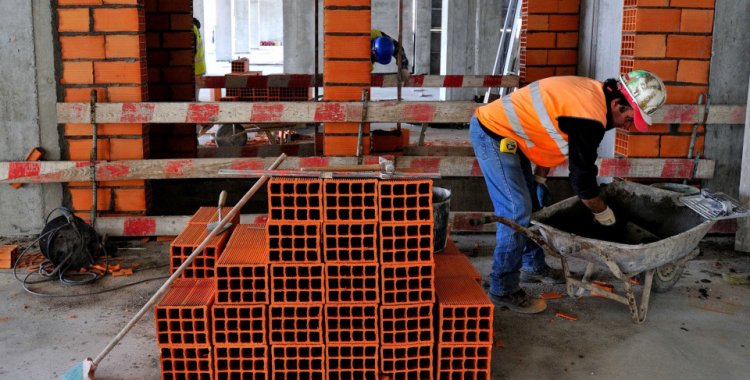"This suggests a small presence of foreigners looking for job opportunities in Angola and a strong language barrier, even for the relatively sophisticated job offer", according to Jobartis and the Economic Research Center (Cinvetec) of the Lusíada University of Angola, entities that produced the study.
In the component of job candidates by nationality, the report states that the Democratic Republic of Congo (RDCongo), which has a vast land and sea border with Angola, is one of the countries with the least representation, despite the existence of thousands of Congolese citizens who reside for decades in Angola and the dozens that are stopped weekly by border authorities for attempted illegal immigration.
Present in the country's 18 provinces, the Congolese carry out mostly informal activities, especially commerce, in markets, streets, sidewalks and/or even outside their homes, where they sell a little of everything.
The report prepared by Jobartis – online job portal in Angola – and Cinvetec, in collaboration with the Human Resources Community (CRH) Angola, comprises data collected between 2020 and December 31, 2023.
The Jobartis database includes information from 50,000 candidates, 2000 companies and 10,000 job offers, and, on average, the portal receives 10,965 job applications per quarter.
Provision of services, manufacturing industry, commerce, construction and telecommunications are among the most representative categories of activities.
The province of Luanda, as the center of the country's economic activity and the place where the Jobartis portal has the greatest penetration, dominates the supply and demand for jobs.
In relation to job demand and supply during this period, the number of candidates continued to be significantly higher than the number of vacancies, with the number of vacancies made available by companies from 2022 to 2023 absorbing, on average, only 23 percent of candidates.
According to the report, in the second quarter of 2022 and fourth quarter of 2023, supply-demand coverage rose to 54 percent and 94 percent, respectively, due to the opening of 5000 vacancies for filling out forms and 10,000 vacancies for a call-center in 2023.
Analysis of the data points to a male predominance among job candidates, with a quarterly average of 67 percent of men versus 33 percent of women. However, the study highlights, female participation is growing.
Salary analysis shows a predominance of women in the lowest salary brackets and men in the highest. "This inequality persists in both actual and desired wages, suggesting a perception of limited opportunities for women to achieve higher wages".
Expectations of changing jobs "are high for both genders", highlights the text, with around 62-63 percent of respondents considering changing jobs in the coming months very likely. This data indicates "widespread dissatisfaction and a desire for mobility in the job market, regardless of gender", adds.







